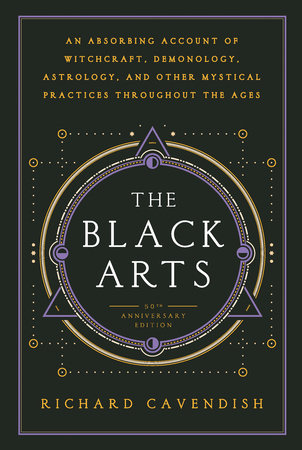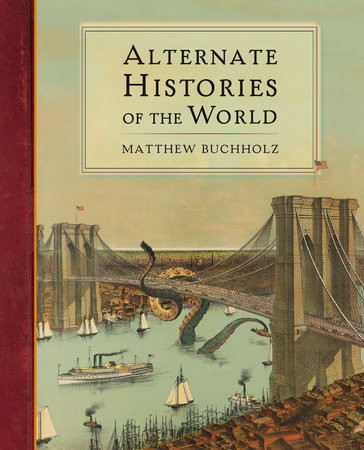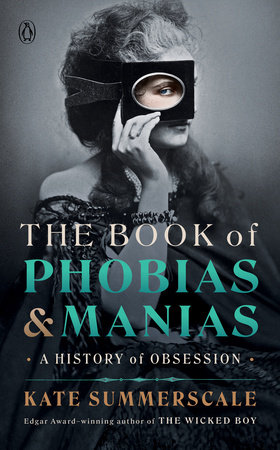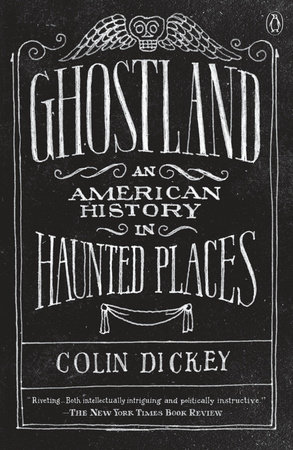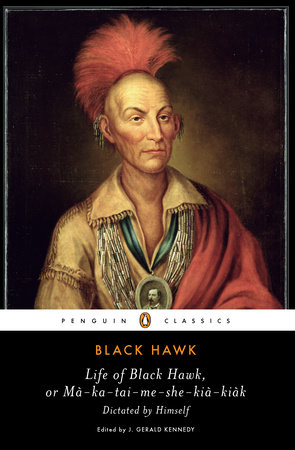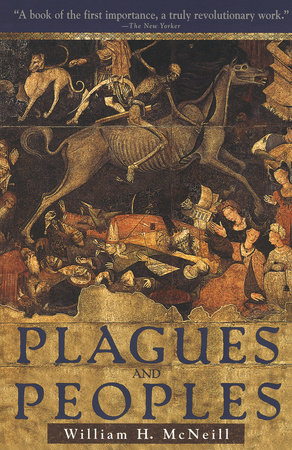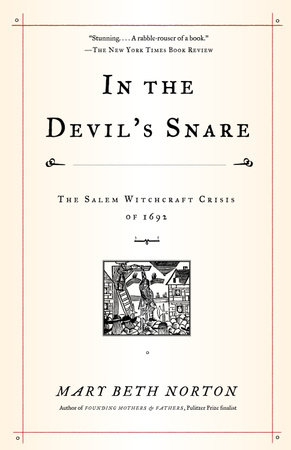

In the Devil's Snare

-
Published on Dec 18, 2007 | 448 Pages



Published on Dec 18, 2007 | 448 Pages
Author
Mary Beth Norton
MARY BETH NORTON is the author of five books and co-editor of several others. Her textbook, A People and a Nation, a survey of U.S. history written with five other authors, has been published in ten editions and has sold more than 500,000 copies. Norton is the Mary Donlon Alger Professor Emerita of American History at Cornell University. She lives in Ithaca, NY.
Learn More about Mary Beth Norton
